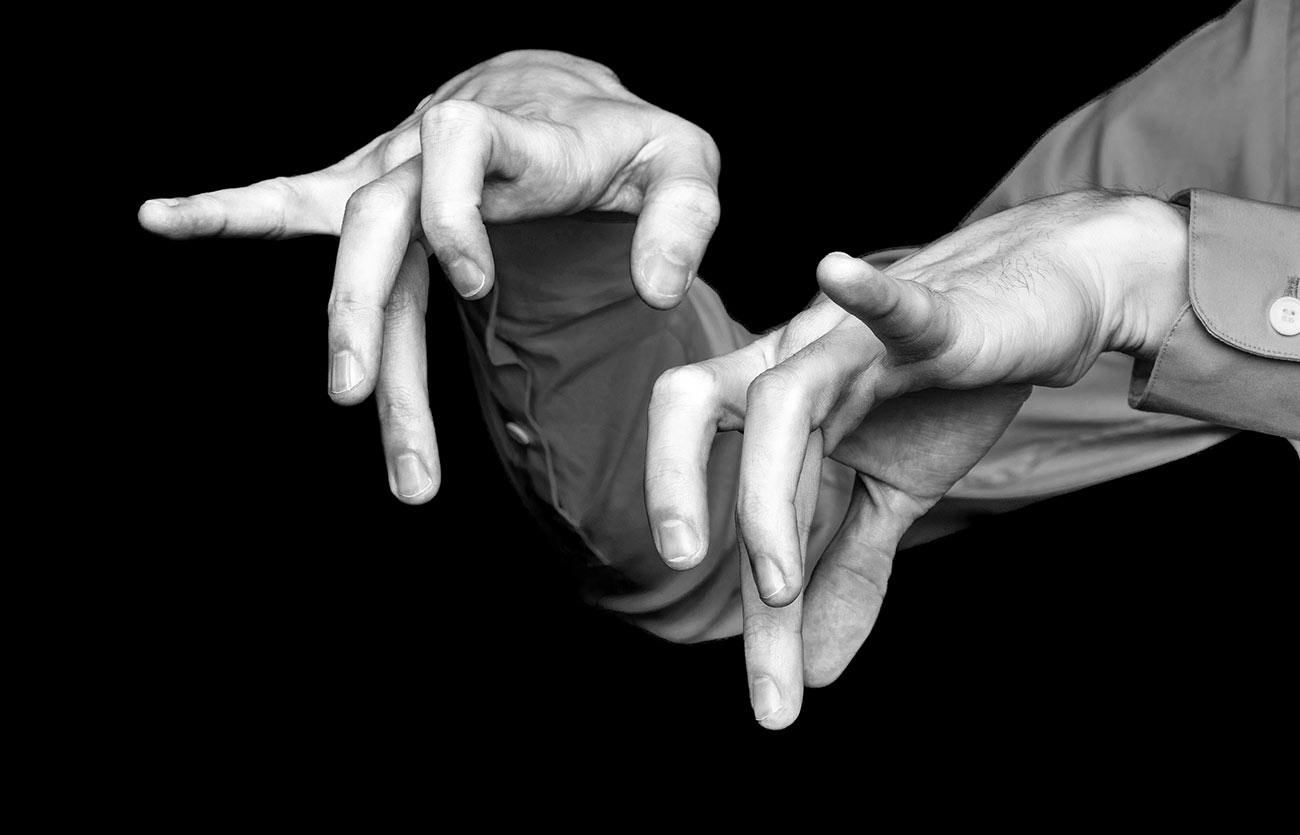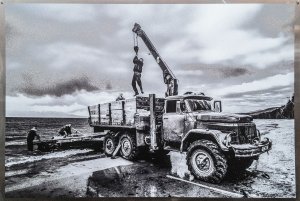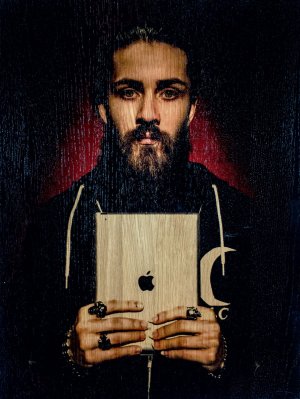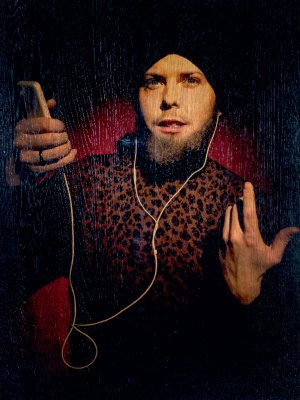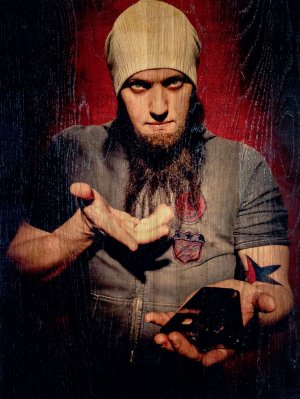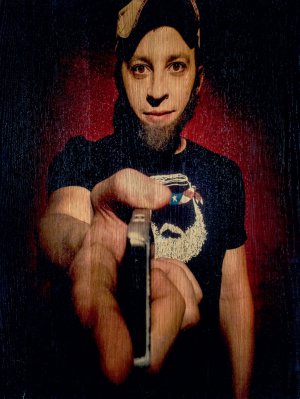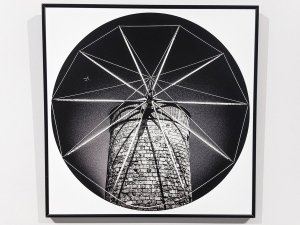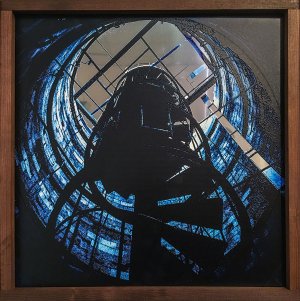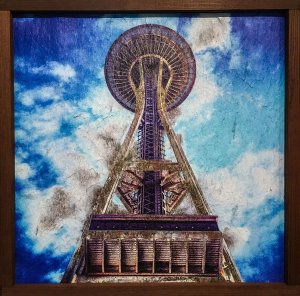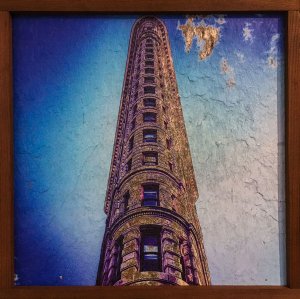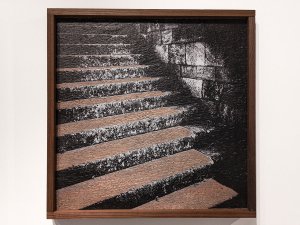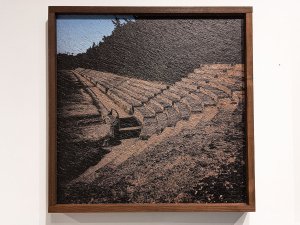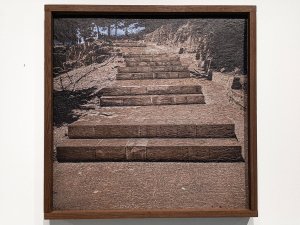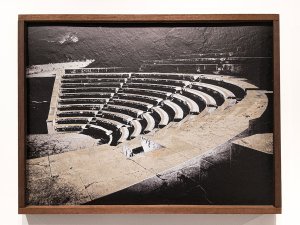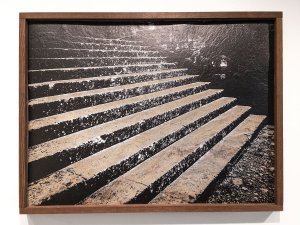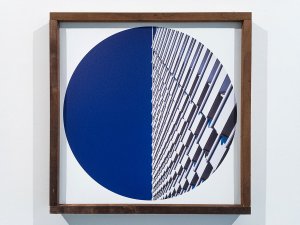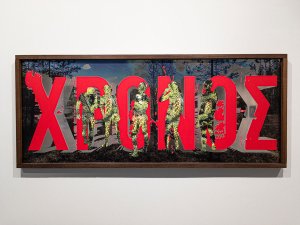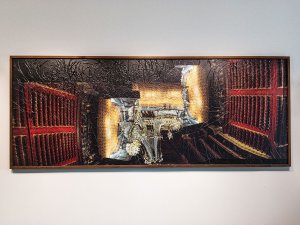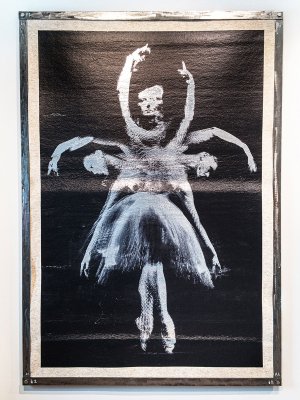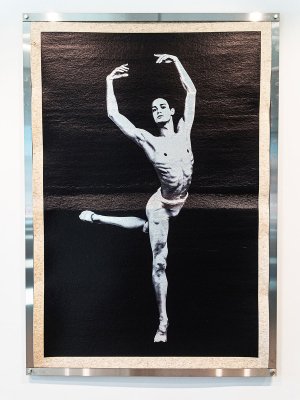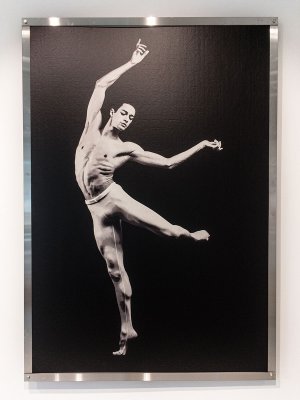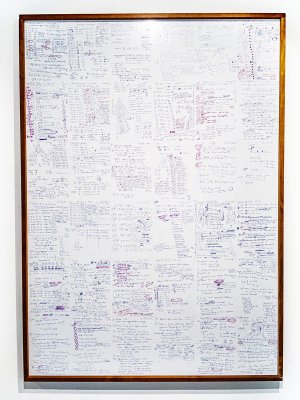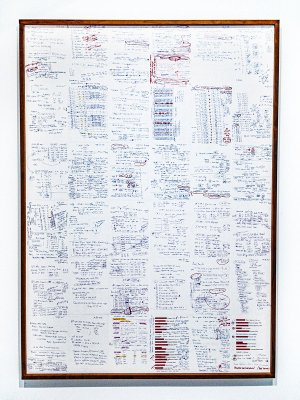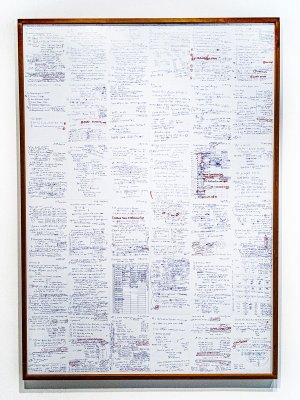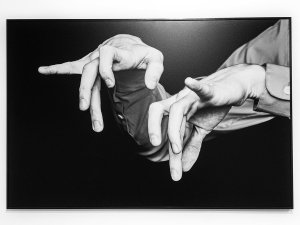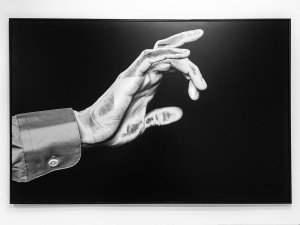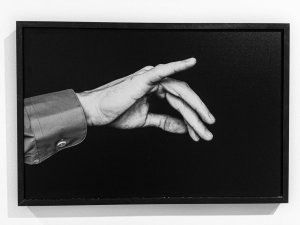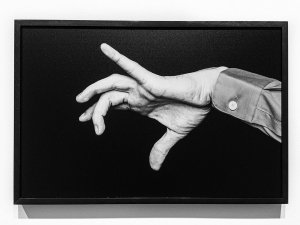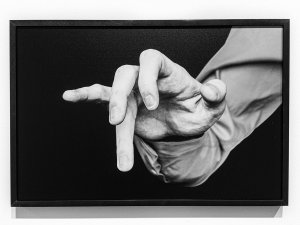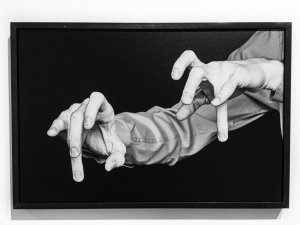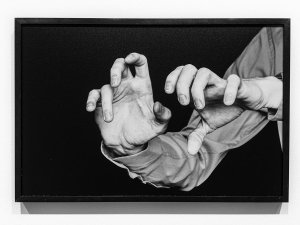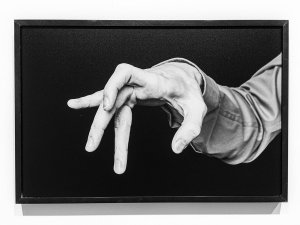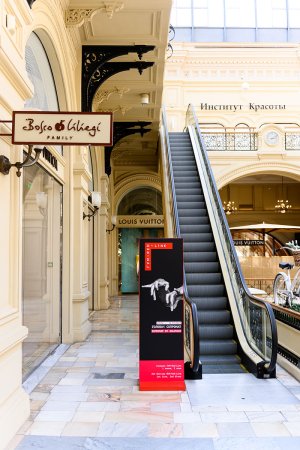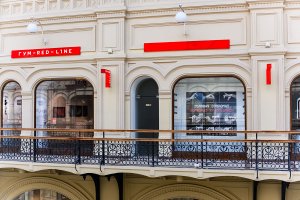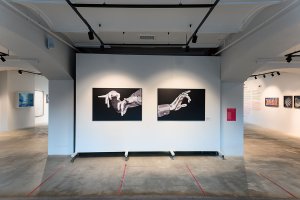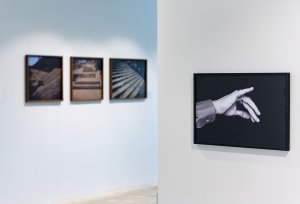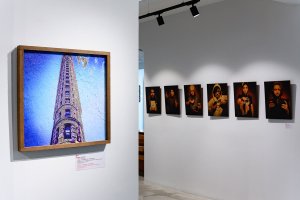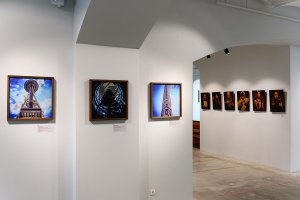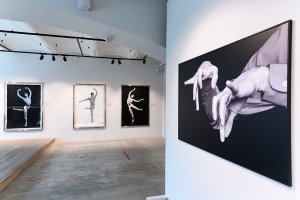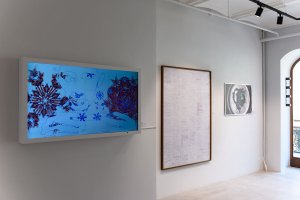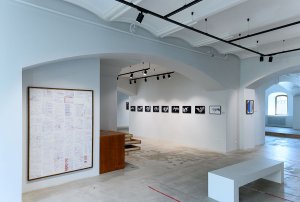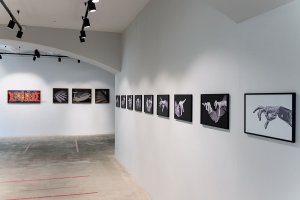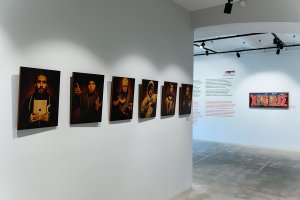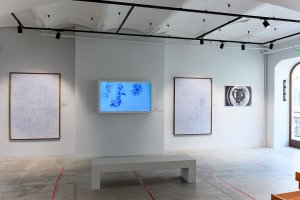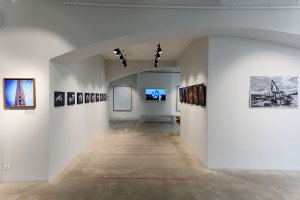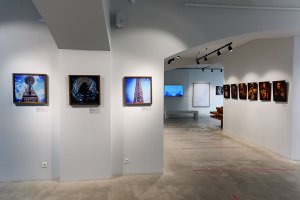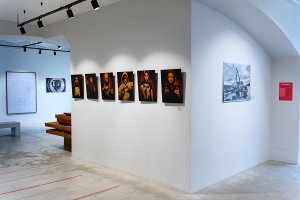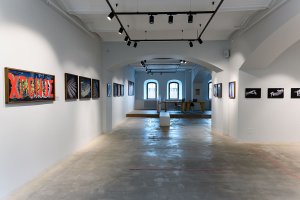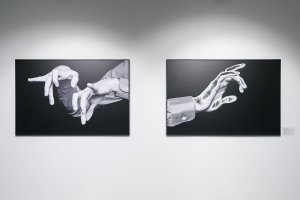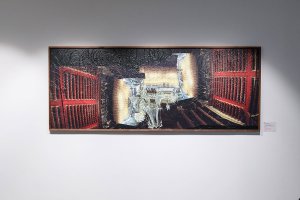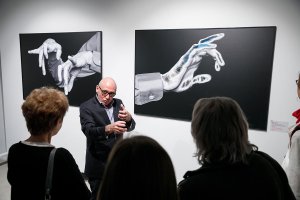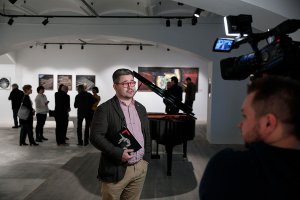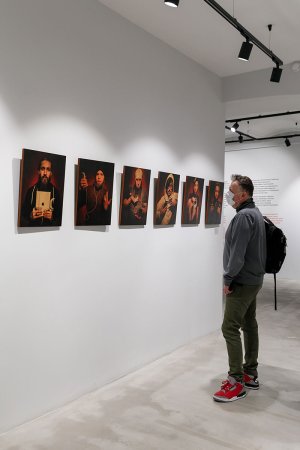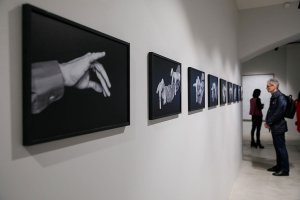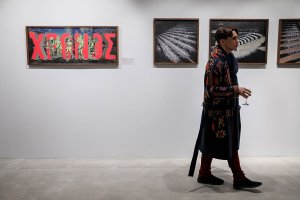Strength of materials or resistance of materials (abbreviated to “sopromat”) is an engineering discipline dealing with stability and solidity of constructs. Students specializing in physics and mechanics always dream sopromat exams. The discipline is complex and subtle, requiring a good grasp of mathematics. Students knowingly say: “You’ll get married as soon as you pass the sopromat exam!”
Against what does the material resist? Against the interference on the part of the people who wish to conquer, subjugate, bend, weigh down, adjust it. In this respect, art and engineering deal with the same difficulties. Material is as much an Actor as the artist. By ignoring resistance, we doom the construct to destruction and the image to dissolution. However, material will not endure against violent force. Material deserves our respect and intricate application. These notions form the theme behind the exhibition of the well-known media artist Serge Golovach.
The master has been striving to create a photographic image relevant to the new context and give due representation to the material as an equal partner to the artist. Given posthumanist ideas supported by object-oriented art, this theme is especially relevant nowadays.
The exhibition presents various forms of dialogue with a distinct selection of materials: steel, wood, stone, paper. The results vary based on environment and technique. Sometimes the material even gains the upper hand, as in the ironic deconstruction of the conventional illusionary properties of paintings (See Cronus).
The exhibition is structurally arranged as a sort of laboratory. Exhibits are grouped in such a way that viewers are able to consider the opportunity to overcome imitative properties of images: material can go beyond its role as the recipient of the artist’s violent advances in an attempt to reflect real life and become a fully autonomous and equal partner of the artist. We gain understanding about the inherent abilities of materials that do not necessarily correspond to the imitative determination of photography. Exhibits are dedicated to various ways of revealing the autonomous character of the material in dialogue (confrontation) with the artist.
Pianist Dmitry Shishkin is a separate actor, a guide to the world of SOPROMAT. His expressive hands form a sort of sign choreography. Photographs of the pianist’s hands are intentionally presented in the traditional technique. The resistance here is not about the media but the nerve fibres and muscle in the sensitive instruments — the Artist’s Hands. A precise sculptural composition reflects the way hands overcome the spatial and substantive inertia and stasis to create an ideal sound.
The hands of the Artist become the moderating force between the Material and the Image.
Exhibition curator: Sergey Khachaturov
Exhibition participant:
Serge Golovach

